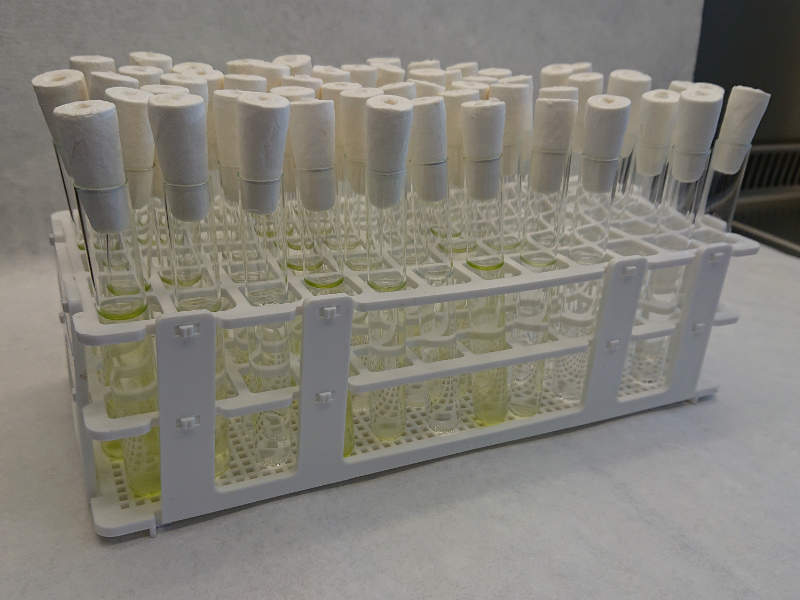
The recently approved Vessel Incidental Discharge Act (VIDA) introduces a new definition of ‘live’ and ‘living’, which implies that the ability of organisms to reproduce is considered the key parameter in the assessment of whether an organism is alive or dead.
The VIDA was approved by the US Senate on 14 November as part of the Congressional Record Senate, 11 October 2018
When organisms spread from one geographical area to another, as it may occur with the discharge of ballast water, such organisms will only survive, if they are able to reproduce and compete successfully with the species in the new environment. There are no invasive species without reproduction.
The VIDA requests that the US Coast Guard regulation shall be amended by the inclusion of methods that can determine the concentration of organisms in ballast water that are capable of reproduction.
This is good news for manufacturers of ballast water management systems (BWMS) using ultraviolet light for treatment, in particular, and for the testing community in general.
DHI has since 2010 measured the reproductive ability of the organisms in connection with type approval tests of BWMS by use of a growth-based most probable number (MPN) method.
The MPN method is not perfect, but the same is true for the microscopy evaluation which is the current standard in the regulation.
DHI welcomes the initiative to consider methods that measure reproduction, and we look forward to bringing new reproductive methods into practical BWMS type approval testing.

